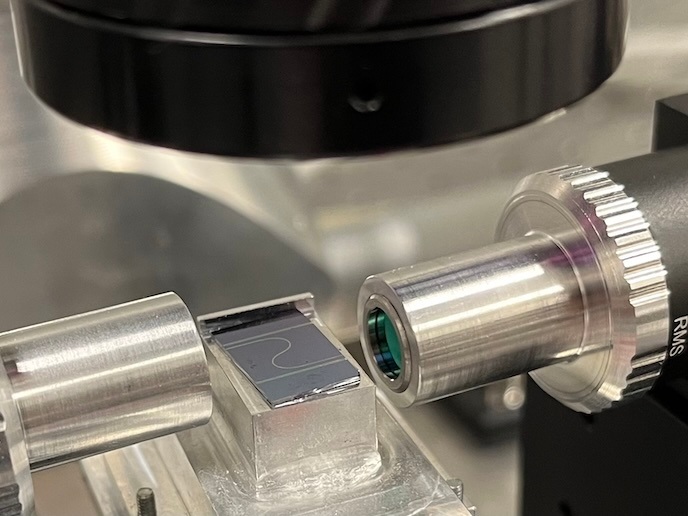A scalable solution for the factories of the future
Most of today’s manufacturing lines are grossly under-optimised. That’s because most manufacturing machinery is fixed, meaning factories don’t have the flexibility to adapt the factory floor to meet specific demands. This method is not only inefficient, it is ill-suited to today’s trend towards on-demand and small-batch production. What factories need are scalable solutions, which is exactly what the EU-funded ScalABLE4.0 project(opens in new window) intends to provide. “Our goal was to develop scalable automation solutions that could be easily adapted to current production needs,” says Germano Veiga, a researcher at INESC TEC(opens in new window) and ScalABLE4.0 project coordinator.
The sweet spot of automation and flexibility
Researchers set out to both develop and demonstrate an open scalable production system (OSPS). “An OSPS is a framework that enables the optimisation and maintenance of production lines ‘on the fly’,” explains Veiga. “It does this through visualisation and virtualisation of the line itself.” To accomplish this, researchers established use cases at the manufacturing sites of two of the project’s partners. The use case at the PSA site(opens in new window) was installed with an over-automation system with limited flexibility to adapt to product changes, while the use case at the Simoldes site(opens in new window) was fitted with an under-automated system. By approaching the challenge from polar opposites, researchers hoped they would be able to easily identify the ‘sweet spot’ in terms of automation and flexibility. “Our integrated, multidisciplinary approach, which is rather unique for this type of project, combined developments from the shop floor to top management decision-making,” adds Veiga. “This allowed us to push the boundaries of advanced robotic systems, digital twin(opens in new window) and vertical integration(opens in new window), manufacturing execution systems(opens in new window), and simulation and decision support.” Out of this work came the blueprint for an integrated digital production system that is flexible, robotised and human-aware. “Now, when production needs change, manufacturers can immediately visualise how best to adapt the factory floor, robots and human labour and act accordingly,” notes Veiga. “This all happens with minimal downtime, meaning increased efficiency and production.”
Rewriting the production lines of the future
Unfortunately, due to the COVID-19 pandemic, the project was unable to finalise its test sprints at the two manufacturing sites or present at the AUTOMATICA trade fair(opens in new window). “I think the response to this challenge and the implementation of contingency plans were handled brilliantly by the team,” says Veiga. “We quickly adjusted to this new reality and were able to conduct full laboratory demonstrations of the ScalABLE4.0 solution.” Despite these challenges, the project succeeded in showing that it is possible to integrate enterprise information systems, automation equipment and open application programming interfaces(opens in new window) (APIs) to achieve system optimisation. “In doing so, ScalABLE4.0 is helping to rewrite the standards for the production lines of the future,” concludes Veiga. Several end users have already shown interest in industrialising the project’s main results. Furthermore, the project’s results led to the creation of the RiACT(opens in new window) spin-off.







